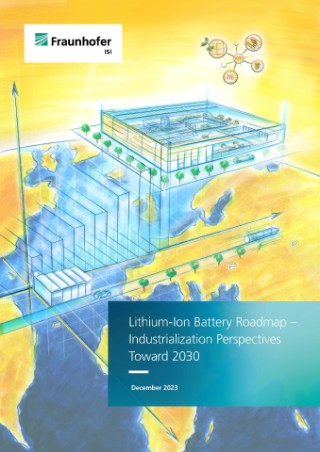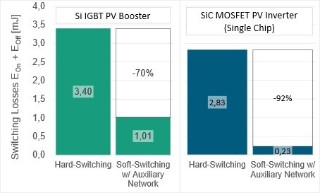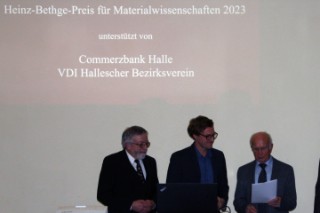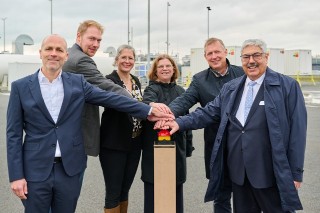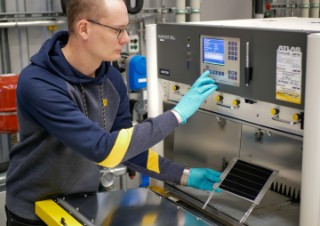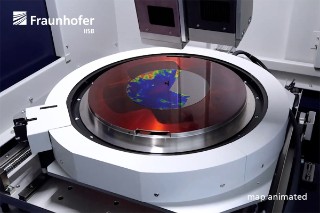Fraunhofer ISI / 2023
Smart speakers, wearables and sensors: How up-to-date are such permanently connected IoT devices?
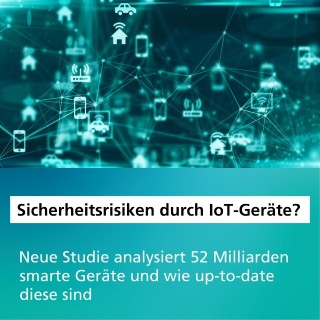
By 2023, billions of Internet of Things (IoT) devices found their way into almost every area of life, industry and critical infrastructures. As these permanently connected smart devices process very sensitive data, their up-to-dateness is essential to close vulnerabilities and thus enhance cybersecurity – especially in times of hacker attacks, data misuse or industrial espionage. In this context, a new Fraunhofer ISI study analysed data of 52 billion devices, their geographical location – and whether their installed firmware is up-to-date and which impact the European General Data Protection Regulation has on this. The findings show that it is only a matter of time before very serious cyberattacks could easily happen.
more info